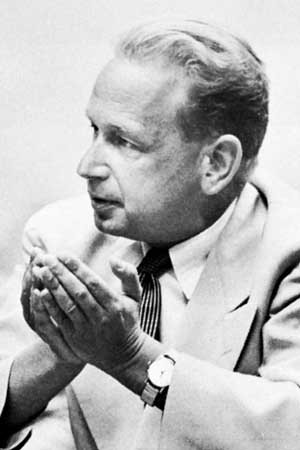By Otto Spijkers
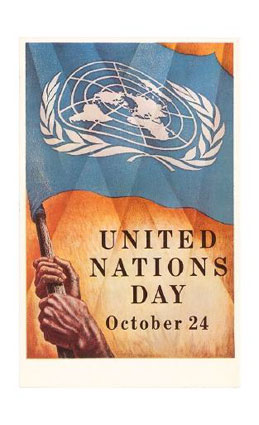 Yesterday was United Nations day. Of course, the UN Secretary-General had very positive things to say about his employer:
Yesterday was United Nations day. Of course, the UN Secretary-General had very positive things to say about his employer:
The world is changing in the United Nations’ favor — as more people and Governments understand that multilateralism is the only path in our interdependent and globalizing world. Global problems demand global solutions — and going it alone is not a viable option. Whether we are speaking of peace and security, development, or human rights, demands on our Organization are growing every day.
More interesting, perhaps, is to read some of the comments posted on the US Department of State Official Blog (to make such a blog is a wonderful idea, I think, and I hope the Dutch Government will start a blog of its own soon). The question asked to all Americans was phrased in a very positive way: ‘Does the United Nations continue to effectively fulfill its mission?’ (It could easily have been formulated otherwise, as in ‘Does the costly and ineffective bureaucracy, referred to as the UN, which failed to prevent genocide in Rwanda and Srebrenica, and which now fails to establish peace and security in the Congo.. etc. etc., need to be abolished?’) There were quite a few people who answered the question. Continue reading

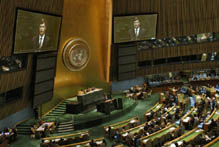 In this post, I would like to present to you the
In this post, I would like to present to you the  By Otto Spijkers
By Otto Spijkers 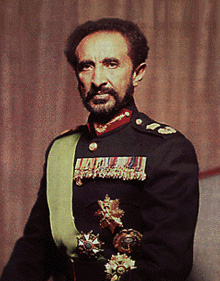 The gathering of the Assembly of the League of Nations in June-July, 1936, was the dramatic climax of the dispute between Italy and Ethiopia, at least as far as the League of Nations was involved. The Emperor of Ethiopia, in exile at that time, came in person to Geneva to address the Assembly, something no other (former) head of state had ever done. His speech became one of the most famous speeches in the history of the League.
The gathering of the Assembly of the League of Nations in June-July, 1936, was the dramatic climax of the dispute between Italy and Ethiopia, at least as far as the League of Nations was involved. The Emperor of Ethiopia, in exile at that time, came in person to Geneva to address the Assembly, something no other (former) head of state had ever done. His speech became one of the most famous speeches in the history of the League. 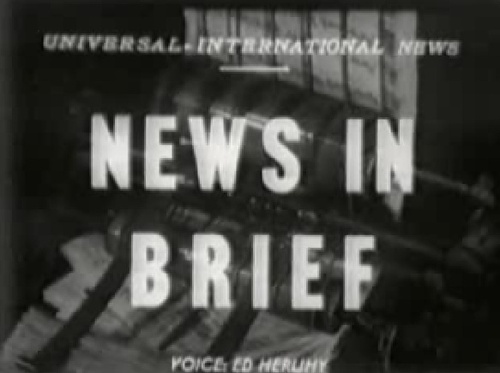 I find it fascinating to watch newsreels of times I was not even born yet. My interest is mainly in newsreels related to the work of the United Nations and its predecessor: the League of Nations. There is not much film footage available of the League (some of it is available
I find it fascinating to watch newsreels of times I was not even born yet. My interest is mainly in newsreels related to the work of the United Nations and its predecessor: the League of Nations. There is not much film footage available of the League (some of it is available  18 September 1961, Hammarskjold died in a mysterious plane crash as he entered the skies of what was then Northern Rhodesia, now Zambia. The Secretary-General of the United Nations was due to meet rebel leader Moise Tshombe and negotiate a truce with him in the civil war between the Katanga secessionist movement of Tshombe and the Congolese central government. There are quite a lot of theories relating to his death (see e.g.
18 September 1961, Hammarskjold died in a mysterious plane crash as he entered the skies of what was then Northern Rhodesia, now Zambia. The Secretary-General of the United Nations was due to meet rebel leader Moise Tshombe and negotiate a truce with him in the civil war between the Katanga secessionist movement of Tshombe and the Congolese central government. There are quite a lot of theories relating to his death (see e.g. 